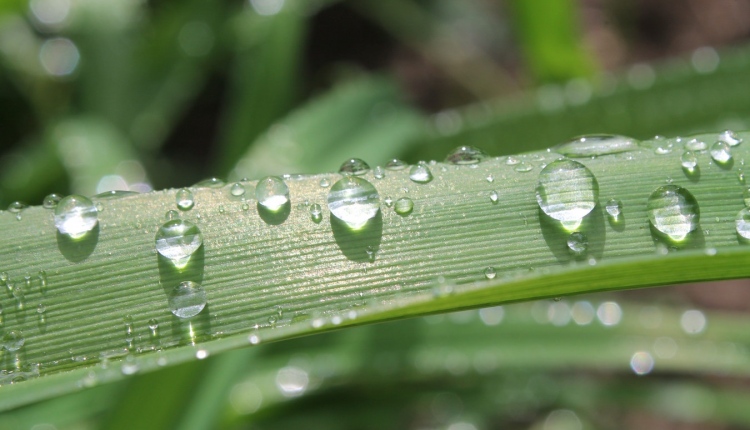Rainwater Harvesting Methods And Importance
Water is the only thing that we cannot do without. It’s the source of life. However, with the growing population and water pollution, many areas have been facing water shortage. In order to increase water supplies as well as to conserve precious water, more people are turning to various rainwater harvesting methods. Slowly, but surely, these cost-effective ways to collect rainwater and store it for use, are changing our perspective on water consumption and opening a door of opportunity to alternative water resources. It’s no wonder that the importance of rainwater harvesting method is constantly growing.
The importance of rainwater harvesting
Rainwater harvesting is not only meant for the areas suffering from water shortage. It can have many purposes even in urban areas. Rainwater harvesting prevents soil erosion and flooding of the residence. In your home, more than 35% of water goes to waste while doing simple activities like flushing the toilet, laundry washing and hosing the lawn. Therefore, by using rainwater, instead of tap water, you shall waste less water as well as energy. In addition, the companies won’t be required to drain the water from lakes or rivers.
Here are a few efficient methods to harvest rainwater:
Start with a rain barrel

This is the most practical way to collect rainwater. First of all, get a rain barrel. You can make one yourself from a trash container or an old barrel. Install a pipe that will direct rainwater from the roof to the barrel. Since debris gets easily stuck in the gutters, set a downspout screen that will keep the rainwater in the gutters clean. Make sure keep to the insects away by putting a screen on top of the barrel, too. Another way to keep it clean and get rid of larvae is by putting some vegetable oil in the barrel’s rainwater.
Make a rain chain or a rain saucer
Instead of downspouts, get creative and use chains to direct rainwater flow. Make holes in the gutters and hang a couple of chains above a water container or a barrel. You can decorate them with some pierced metal cups or just leave them bare. If you are looking to collect rainwater efficiently and fast, make a rain saucer. Although this standing rain collector looks like an inverted umbrella, it’s quite effective. The canvas, that collects rainwater, directs it into the barrel, where it is stored. Along with its great storage capacity, it minimizes water contamination.
Try the wet system
Think about using the wet system as to harvest rainwater. Although its construction is more challenging and costly than previous methods, it’s a long-lasting solution to your home’s water deficiency problem. This system consists of downspouts, pipes and a water tank. Rainwater is collected from the roof. It goes underground through pipes and is stored in the water tank. Pumps are not required. The water transfer happens when the difference between the two water levels, the inlet and outlet level, is reached. As a result, the pipes are constantly full of water, which is why we call it the wet system.
Or the dry system
Another convenient way to collect rainwater is the dry system. It also consists of a water tank and downspouts. Unlike the wet system, the dry system doesn’t go underground. It directs rainwater from the rooftop to the gutters and downspouts. For this reason make sure that your gutters are always clean, professionals like Ryan’s Gutter Cleaning advice doing this at least once every six months. From the downspouts rainwater is stored in a water tank or a reservoir. When setting up this system, think about waterproofing the roof as to prevent leakage. You could do this while you renovate your house. While this might push up your home renovation costs, it will surely pay off in the end.
Set a lovely rain garden

If you have some space in the garden, give a thought to building a rain garden. Organize and landscape your garden according to the plants ‘needs and their water tolerance. Set three rings in the garden. The plants that need a lot of water will thrive in the central ring. While the first and the second will be occupied by those plants that don’t require as much water. After digging and placing the plants, don’t forget to add mulch as to provide the soil with enough moist and prevent the pesky weeds from developing… And there you have it, a lovely rain garden.
Put it to good use
In the future, we will be seeing more and more of these water harvesting methods, since the water shortage is a real threat to many households. Therefore, it’s high time to put these rainwater harvesting methods to good use. Get started with a barrel, a rain chain or make your own rain saucer. If you want to go big, then definitely try the wet or the dry system as to collect rainwater. In the end, if you are looking for something beautiful, eco-friendly and efficient, build your own rain garden and enjoy the view!

